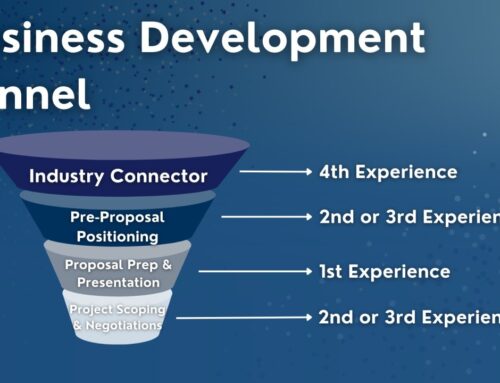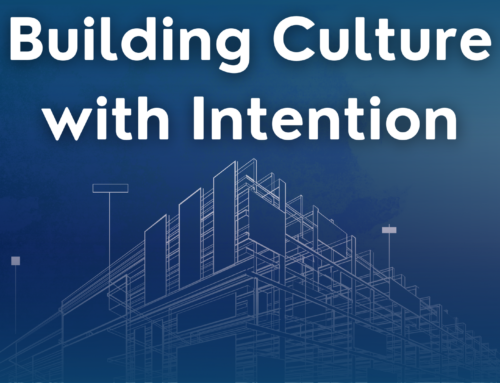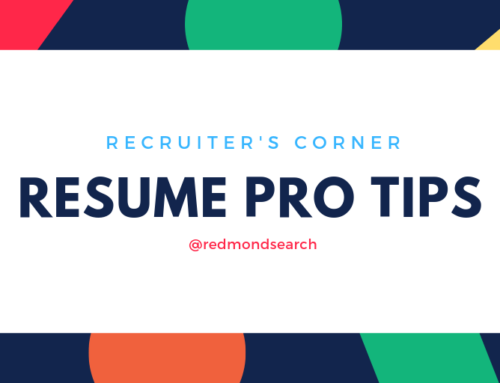 The scene: It is a steamy day in this Bold New City of the South. Our main character, a forty-something woman wearing bright, casual walking garb and wide-brimmed hat, is enjoying a tour of stately historic homes dotting the riverbank neighborhood of the city. While pedestrians and bicyclists meander from home to home with tickets in hand, children sell lemonade on the corner and porch fans spin. It is a scene frozen in time.
The scene: It is a steamy day in this Bold New City of the South. Our main character, a forty-something woman wearing bright, casual walking garb and wide-brimmed hat, is enjoying a tour of stately historic homes dotting the riverbank neighborhood of the city. While pedestrians and bicyclists meander from home to home with tickets in hand, children sell lemonade on the corner and porch fans spin. It is a scene frozen in time.
Our protagonist emerges from one “shoes-off-at-the-door-please” manse, and takes a seat on the spacious wraparound porch as she waits for the rest of her party to emerge from the home. She ponders which truth she should embrace: She Lives in a Hovel, or She is Incapable of Such Self-Indulgence?
Taking a seat next to her is a heat-weary gentleman with a cane. This nice, talkative fellow turns out to be the homeowner taking a break from his hosting duties, something he can do as he is blessed with a gracious horde of volunteers inside. The niceties move past compliments of his home and the fine taste of his professional decorator wife to the topic of work. A retired doctor, he travels the country speaking at engagements, which explains his facility for making new friends quickly. “The key to connecting with people,” he tells his guest, “is to speak at their level. You can’t elevate them to your level, but you can get down on their level to make them comfortable.” This will enable them to “hear” you better, he tells her.
She raises her eyebrows and smiles politely.
“What do you do for work, my dear?” he asks.
“I am an executive recruiter in engineering and planning consultancy as it relates to transportation infrastructure such as airports, roads, rail, transit and ports,” she responds.
He sits up attentively: “What do you think of this fast train they want to build down in South Florida?”
Her amusement that, in this part of the world, Tampa and Orlando are considered “South” Florida quickly dissipates as she struggles with how to respond to this question. Recalling that Southern ladies do not generally talk politics with strangers, she smiles and responds: “Of the proposed lines in the United States, the Tampa-Orlando project is the most shovel-ready. They could start building it today.” She thinks this is a nice, neutral response.
“Do you think the government should have to pay for that? Do you think we as taxpayers should have to pay for that?” One hand on his knee, one waving in the air as he leans in, she can tell he won’t be settling for her compact answer.
No calculations are required to determine this gentleman’s position on the topic, so she chooses to answer the question by explaining why the anti-high-speed-rail camp’s position is weak.
“People who oppose this project are not opposed to building it; they merely think it should be a privately funded endeavor, operating for profit. However, they are not measuring our current transportation network to the same standard.”
“The costs of our road system are widely distributed. We fund the building of our roads through tax revenue and selling of bonds, the latter of which is debt our taxes pay over time. This cost includes acquisition of the land for the roads. We fund the significant operations and maintenance activities of this road system through annual budgeted tax dollars, including security and safety such as the Highway Patrol. The drivers — you and I — pay for our own equipment and for the operation and maintenance of that equipment. We also pay for gas, tolls, our own liability through insurance each of us is required to carry and any parking costs at our destination.” She pauses for the grand finale: “Add to this the cost of defending our interests in oil-producing regions of the world, and suddenly driving doesn’t really look so cheap.”
“Assuming that the equation on the roadway side is now complete, there is no reasonable way to expect a private operator to pay for its land, track, equipment, liability, operations, maintenance, fuel, staff and safety, then roll that into an individual ticket price and actually compete on a per-trip basis. Why? Because the driving public cannot add all of the ways it pays to drive on the same per-trip basis; it’s not an apples to apples comparison.”
Her point made, she slides up to the edge of her seat. She can tell she has his attention. “We are here today because we obviously appreciate beautiful things. What we have to decide is whether we want to respond to a future requiring increased capacity by building 20-lane highways — and bearing the associated direct and non-direct costs of that decision — or provide a dependable and dignified alternative to travelers so that they develop habits that will mitigate a future overwhelmed by concrete and cars. That future is not only unsightly, it will continue to deceptively bleed each of us of our hard-earned cash. From a long-term perspective, we are painting ourselves into a very expensive and ugly corner by not grabbing the opportunity to build this project.”
Silence falls. He looks at her and squints, “You’re good, very good.”
He turns to her fellow tour-goers, who meandered into the scene as it unfolded, points to our heroine and says, “She’s good.”
They nod.
Curtain closes.
~~~~~ THE END ~~~~~





You’ve missed your calling! Writer…not recruiter.
Thanks, Phil!
I’d like to point out the irony of road building and subsidies that most people don’t even blink over. Here is a blurb from an article discussing a managed lane P3 outside of Atlanta (article linked above):
“Although the private roadbuilders would be repaid with toll money, that would not be enough to fund the whole project. The $300 million in public funds that Georgia is prepared to spend on this project is more than the DOT’s entire state budget for road widening in the last fiscal year…”
The project cannot pay for itself. Just can’t. This is true despite the fact that the security, equipment (and maintenance of that equipment), and liability are distributed costs. To extend a few miles of managed lanes, the State of GA is willing to spend more than one year’s annual budget.
This represents a very high threshold of pain for improvements that have to do with the car.
Ms. Summa, you can write like nobody’s business! Your case in favor of public transpo is so compelling that I will be thinking of how much it costs me to drive for a good long time!
Josie you’re a gem. By the looks of it you have the same problems in the US that we have here in Australia when it comes to introducing high-speed rail and I’ve often pondered how best to frame the real incentives for embracing it. You’re article has clarified those thoughts for me so if you don’t mind I may quote or paraphrase it.
While many of the vested interests are the same over here some are remarkably different in a very strange way. The air corridor between Sydney and Melbourne is the fourth busiest in the world (depending on who you talk to) and yet the CEO’s of both major airlines in Australia have come out in support of the idea and have even stated publicly that they would partner it.
Our big problem is our Federal Government who only pay lip service to such a radical way of thought forever commissioning studies without actually doing anything concrete. There are two continents without high-speed rail at the moment, Antartica and Australia. I want to be part of this movement for change but serious but finding anybody of note willing to take up the challenge is like any illegitimate child looking for its father.
Thanks, Ray! I am surprised to hear about the predicament in Australia. I wrote this piece in response to the Governor of Florida rejecting Obama’s HSR funding gift of $2B as soon as he took office. It was a repeat of what was done to the Florida Overland Express (the first iteration of this project, using the same alignment) by newly minted Gov. Jeb Bush in January 1999.
I will tell you here, embedded in the comments, that this is — almost verbatim — a true story, and it represents the attitudes of many people regarding HSR – that it’s an expense to subsidize travel for people who can’t afford a car.